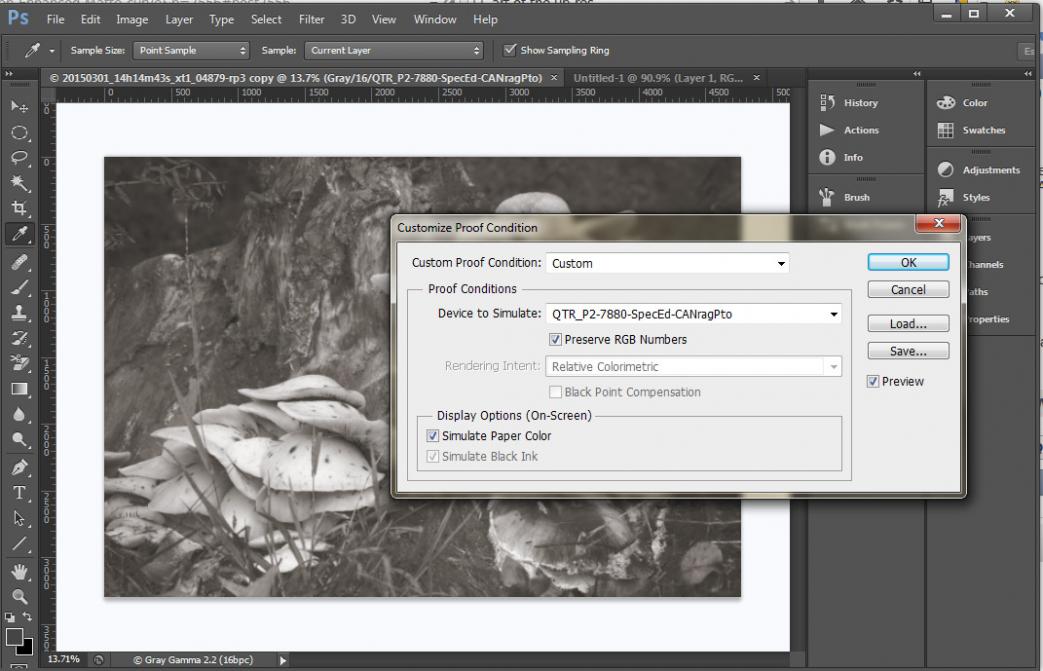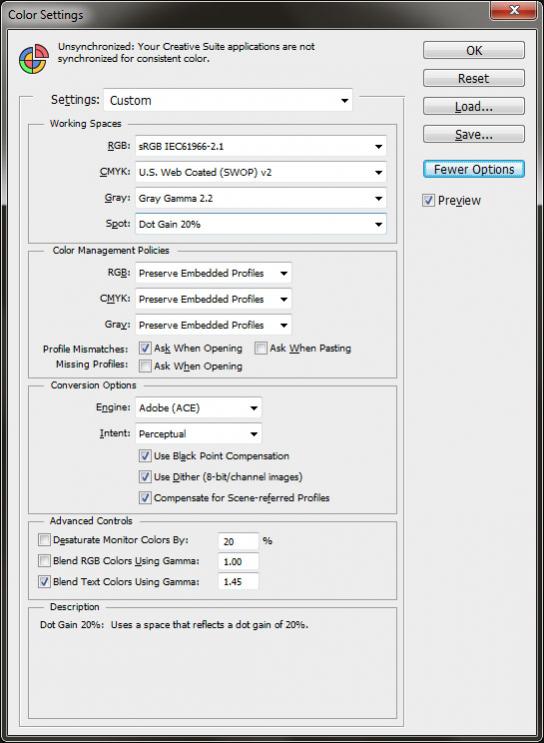I did not meant to write it to that intention. I know that you are using the same display that we use, but that you are having a different experience than you expect. You also are not using a viewing booth which is recommended but you are discounting that important factor and relying instead on a single point external light source. I was pointing out that the validation from the instrument is not the same as experiencing a D50 environment experience; that validation will come from all calibrations on all types of displays. For example a DataColor Spyder will validate a $99 Dell. Validation and the capability to accurately display ICC profiles are separate although linked. Putting the $99 Dell next to the $1700 Eizo will be quite different experiences (and one should think with a $1600 difference in hardware).
(most professionals replace their display after three years). You have over 1300 days of 8 hour use on yours. That is a factor whether you wish to consider it or not or believe it or not. We turn our Eizos on only for imaging. We do not use ours for email - etc - So in 3 years we have considerably less use than you do. You are either busier than we are or you use yours as an expensive general purpose display in addition to your Photoshop and Lightroom time.
Someone else has confirmed that your display does not look right (from memory of his screen) - but you retain perfect faith in your display and looking for some other cause.
So, other causes - can be:
you have more than one color temperature in your room and your eyes can not adapt.
your viewing light is too bright in comparison to the display.
the viewing light is not at the same color temperature as the display.
your video display board in your computer has a CLUT attached to it via some X-rite or other calibration software.
your video display board is faulty.
your Adobe ACE is corrupted.
You’ve confirmed the ICCs and replaced and repeated without causing the color shift to go away.
You are using eyes to measure the white point of your viewing area (which is totally not very scientific of you) - so I will not rule out your point source. I do not know whether you have other color temperatures in the room or not.
Finally, I would advise you to read about the D50 Standard. Read what is the only recommended practice for viewing ICC profiles and proofs in an imaging room. Where ever you deviate from that standard - is a possible cause whether you want it to be or not. We go to great lengths to protect our D50 environment at our studio and in our teaching workshops and we are using Eizos and Spectraviews with X-Rite instruments and NEC instruments (also made by X-Rite). There is no other light leaking into our room other than 5000k, the imaging room is at 35 lux. The viewing booths are GTI SoftViews. We use the same SoftProof ICCs we supplied you. Just about anyone can come in and plug in their laptops into our displays - calibrate - and have uncanny matches.
If we can not do that suddenly with an Eizo CG222W - we would start from scratch - and eliminate any possibility that the user installed X-Rite calibration software and their video board has some sort of CLUT at start up. We would reinstall - the Color Navigator. We would reinstall the ICCs. We would reinstall the Adobe Photoshop.
But because we have a backup Eizo - we would actually just move that display over to eliminate that as a possibility. If it is the problem - we then repurpose it as a general purpose display and buy a new one. They are expensive which is why we only use them for imaging. If we move the new one over and experience the same problems - we then go through the list. Once in the past - we replaced a video board and found it to be the culprit after everything else checked out.
In your case - you are not in a D50 environment but are using professional grade equipment. Your goal should be D50. Hope this helps you find some resolve.
I use Windows 7 with my Eizo CG222W and can soft proof any of our inks to an uncanny closeness. It’s not an OS issue unless you have some corrupted part of your OS that is responsible for converting ICCs to the display. I suspect hardware or environment. Those are the two areas you have plainly indicated are off norm.

